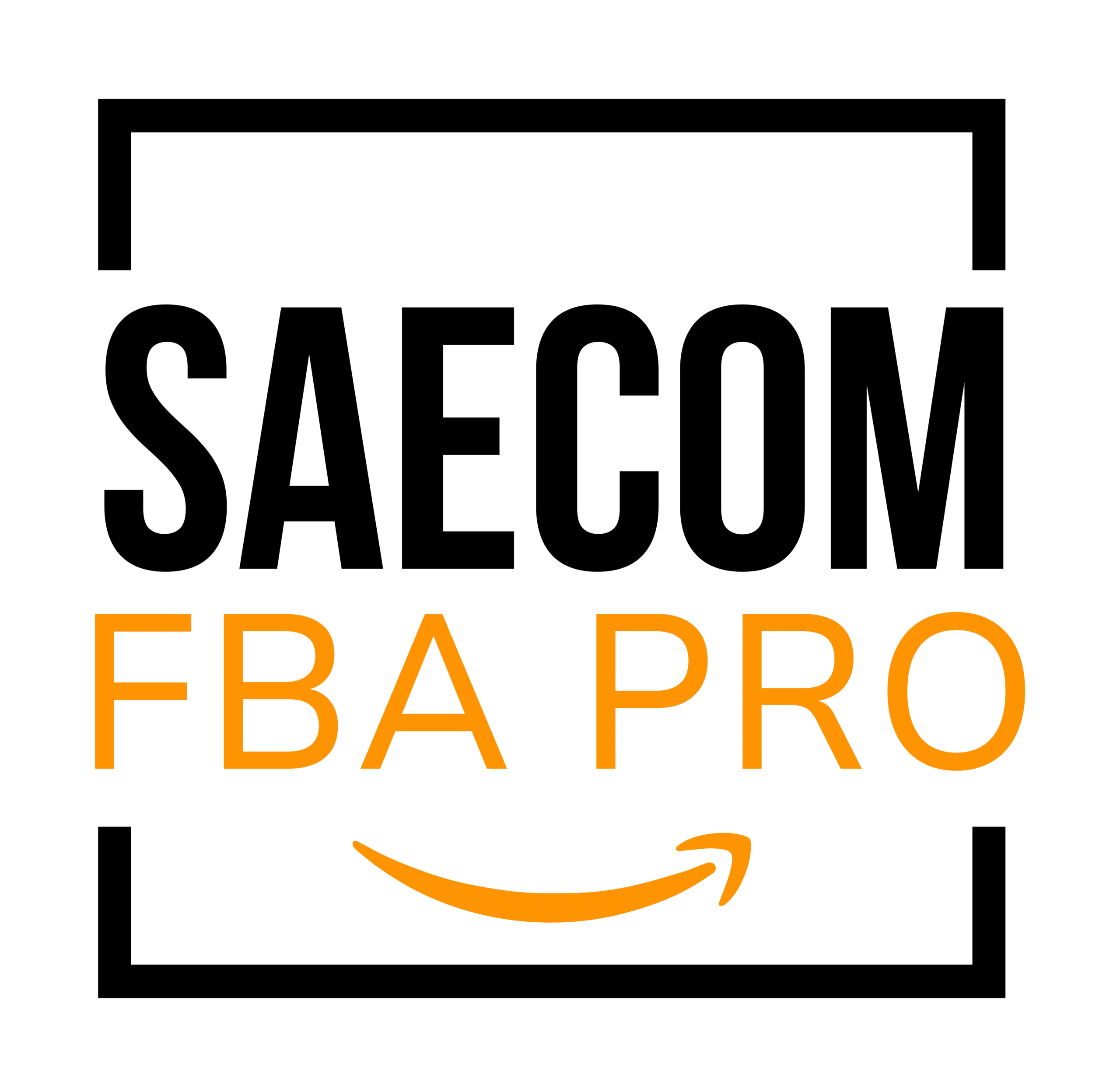Amazon Project Zero – Combating Counterfeit Products
Amazon Project Zero is transforming how brands protect their products on the world’s largest e-commerce platform.
Recent studies reveal that counterfeit goods make up about 3.3% of global trade, affecting industries worldwide. In the U.S. alone, counterfeit sales cause an estimated $600 billion loss annually, cutting deep into legitimate businesses’ revenues.
To tackle this problem, Amazon introduced Project Zero — a powerful solution that merges advanced automation with direct brand control to quickly eliminate counterfeit listings.
What is Amazon Project Zero?

Amazon Project Zero is a forward-thinking program created to help brands proactively remove counterfeit listings and safeguard their product presence.
Unlike older systems that depended on brands reporting fake products after spotting them, Project Zero integrates automated protection and self-service features to stop counterfeits before they reach buyers.
With the support of AI-based detection and hands-on brand participation, businesses gain the ability to immediately remove counterfeit listings themselves.
However, participation in Project Zero is limited to brands enrolled in Amazon’s Brand Registry, ensuring that only verified rights holders can use these tools and minimizing the risk of misuse by unauthorized sellers.
Key Features of Amazon Project Zero
Amazon’s Project Zero includes three essential tools that work together to detect and eliminate counterfeits:
Automated Protections
Amazon uses AI-driven systems and machine learning algorithms to scan billions of product listings every day, identifying and automatically removing suspicious and counterfeit products.
These automated protections continuously evolve, learning from prior counterfeit reports to become more accurate over time.
Self-Service Counterfeit Removal
Unlike traditional programs where brands submit claims and wait for Amazon’s response, Project Zero gives brands immediate control to remove infringing listings via a dedicated dashboard.
This instant access enables registered brands to swiftly tackle counterfeit product pages immediately.
Product Serialization
With this option, brands can add unique serial codes to each unit before shipping. Amazon then scans these codes as part of its order processing; ensuring only genuine products are delivered to customers.
This makes it harder for counterfeiters to pass off fake products as authentic within Amazon’s system.
Benefits of Amazon Project Zero

Strengthened Brand Protection and IP Security
Counterfeit goods not only cut into profits but also damage brand credibility and can spark legal issues. Project Zero helps brands guard their intellectual property by preventing unauthorized sellers from listing counterfeit products.
By giving brands control to eliminate counterfeits, businesses can reduce infringement risks and ensure only approved sellers handle their products.
Boosted Customer Trust and Experience
When buyers unknowingly purchase fakes, it can erode trust in a brand. Project Zero helps preserve customer confidence by ensuring that only verified, authentic products appear on Amazon.
This reassurance allows customers to shop with confidence, knowing Amazon actively removes counterfeits before they can be sold.
Extra Protection via Brand Registry and Brand Gating
Brands using Amazon Brand Registry gain access to added security measures like Brand Control, which prevents unauthorized third-party sellers from listing certain products without approval.
This feature helps brands stop counterfeiters and listing hijackers from offering illegitimate products under their name.
Proactive Counterfeit Prevention
With product serialization, Amazon confirms each product’s authenticity before shipment, preventing fakes from ever reaching buyers.
Additionally, brands can use customer review monitoring tools to spot signs of counterfeit activity early, addressing issues before they escalate.
Reduced Financial Risks for Sellers
Counterfeits can cause serious financial setbacks and legal complications. While seller protection programs exist, Project Zero reduces risks by blocking counterfeit listings early, minimizing refunds, legal disputes, and customer dissatisfaction.
Amazon Project Zero vs Amazon Transparency

While both Amazon Project Zero and Amazon Transparency aim to combat counterfeit goods, their methods differ significantly.
| Functionality | Amazon Project Zero | Amazon Transparency |
| Detection Method | AI-driven automated protections | Manual verification via serialization |
| Counterfeit Removal | Brands can instantly remove fraudulent listings | Amazon checks products before delivery |
| Trademark Registration | Requires Brand Registry and counterfeit reporting history | Open to brands using serialization |
| Cost | Free to join, serialization optional and paid | Charges per serialized unit |
How to Join Amazon Project Zero
Since Amazon Project Zero is an invitation-only program, not all brands can immediately enroll. To qualify, businesses need to meet specific requirements and demonstrate a reliable history of brand protection.
Eligibility Requirements
Before applying, make sure your brand meets the following:
- You must be enrolled in Amazon Brand Registry.
- Your brand should have an active, registered trademark.
- A proven track record of accurate counterfeit reporting via Amazon’s traditional enforcement tools is necessary.
Expressing Interest
If your brand hasn’t received an invitation, you can request consideration by submitting your interest through Amazon’s official Project Zero registration portal.
Complete Training
All participating brands must finish an official Project Zero training module. This ensures they use the counterfeit removal tool responsibly, as improper use—such as removing legitimate competitor listings—could lead to program removal.
Implement Optional Serialization
Though not mandatory, brands can enhance protection by applying unique serial codes to their products. This allows Amazon to verify each unit’s authenticity before it’s shipped.
Start Using Project Zero Features
Once approved, brands gain access to:
- AI-powered automated protections.
- Instant counterfeit listing removals.
- Optional product serialization for heightened product security.
Common Challenges and Practical Solutions
Risk of Misuse
One of the program’s biggest concerns is improper use of the self-service counterfeit removal tool.
Brands could unintentionally remove legitimate listings from resellers legally selling genuine products. Misusing the tool can lead to account penalties or exclusion from the program.
Example: A brand mistakenly removes a third-party seller’s listing, assuming it’s a fake, though the seller legally sourced the product.
Solution: Carefully vet listings before removal. Amazon’s training modules help ensure brands use the feature responsibly and avoid costly errors.
Limited Accessibility
Project Zero’s invite-only structure makes it difficult for smaller or newer brands experiencing counterfeiting issues to join.
Example: A new brand finds counterfeits of its products on Amazon but hasn’t been invited to Project Zero.
Solution: The brand should join Amazon Brand Registry and consistently report counterfeit listings through Amazon’s existing reporting tools. Building a credible history of enforcement improves eligibility for a future Project Zero invitation.
Evolving Counterfeit Strategies
Despite Project Zero’s safeguards, counterfeiters often develop new tactics to bypass detection, such as altering product names, images, or creating new seller profiles.
Example: A luxury brand uses Project Zero to remove counterfeit listings, only for counterfeiters to resurface under slightly modified listings.
Solution: Partner with Amazon’s Counterfeit Crimes Unit, which works alongside law enforcement to pursue and dismantle counterfeit operations. Additionally, monitoring customer reviews can reveal emerging counterfeit trends.
Final Thoughts
Amazon Project Zero equips brands with a proactive, AI-driven solution for stopping counterfeit products — offering automated protections, instant listing removal, and optional product serialization.
Yet, no program is flawless. Brands still face obstacles like eligibility barriers, potential misuse of takedown tools, and creative counterfeiting tactics.
To stay ahead, businesses should also leverage the resources of Amazon’s Anti-Counterfeiting Unit, Amazon Brand Registry, and consult with professional services like SAECOM FBA Pro to create a well-rounded, customized brand protection plan.


